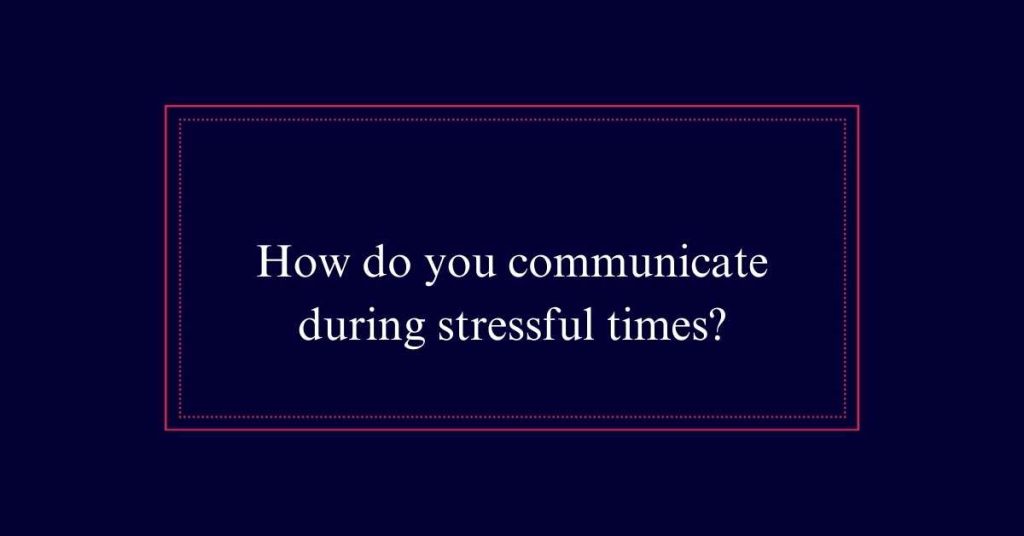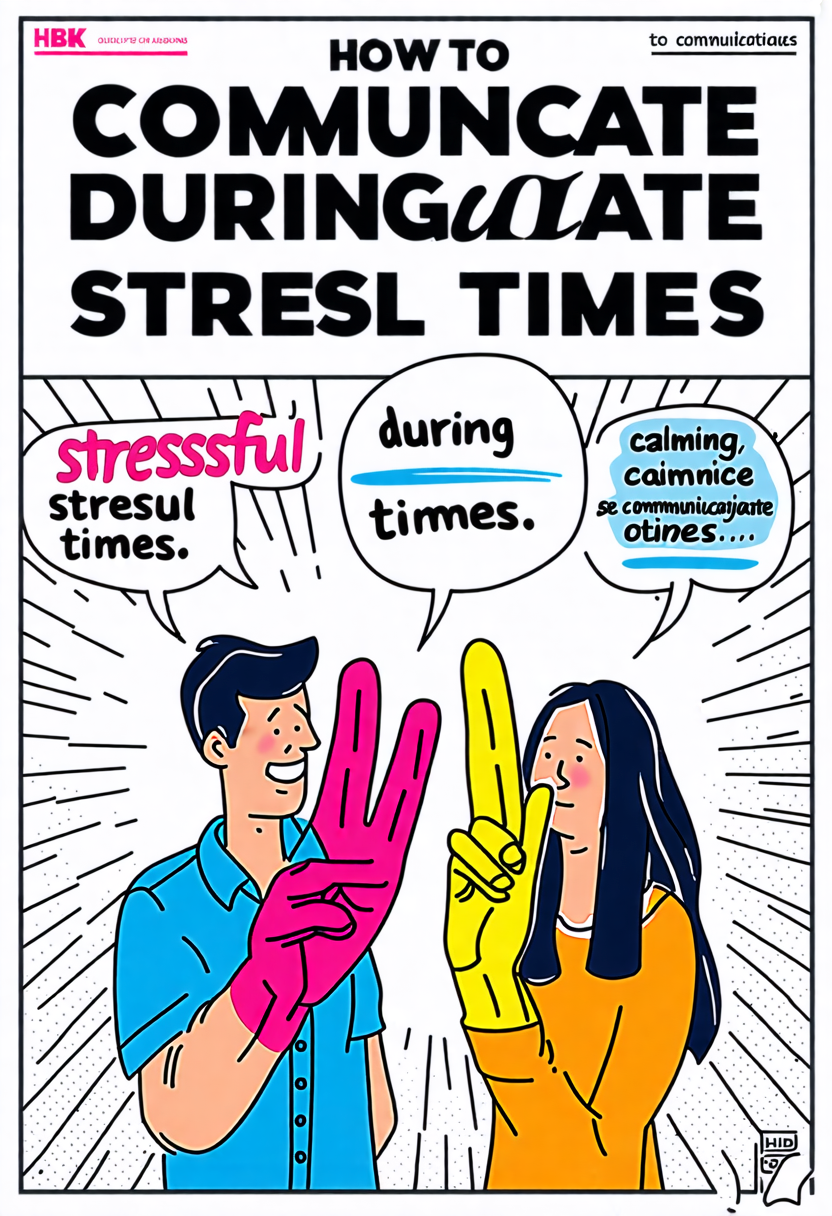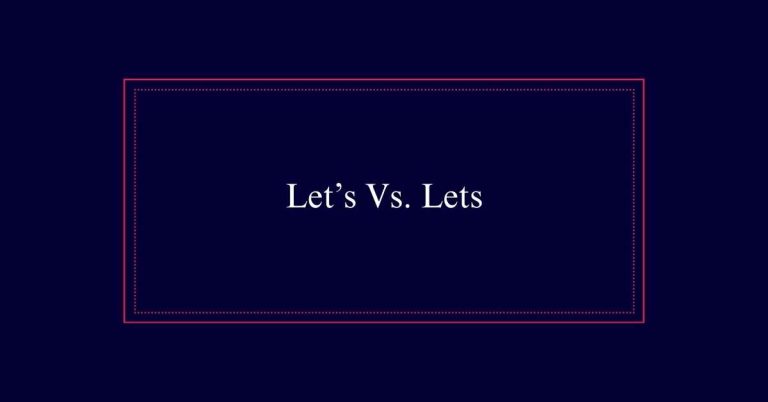How do you communicate during stressful times?
Effective communication during stressful times involves prioritizing key objectives per conversation and maintaining clarity and purpose. Stay calm by practicing mindfulness and deep breathing. Create a supportive environment for open dialogue and be mindful of your tone. Seek external support from trusted confidants or support groups for diverse perspectives. Enhance listening skills by eliminating distractions, maintaining eye contact, and summarizing the speaker’s message for better understanding. Adapting your communication style to be clear and concise also helps to reduce misunderstandings.
Effective Communication Strategies
Effective communication strategies during stressful times are essential for maintaining focus and achieving productive dialogues. Prioritize one or two key objectives per conversation to avoid overwhelming both parties.
Stay clear of distractions such as anger, frustration, and apathy, which can derail discussions. Encourage open, ongoing dialogues to build mutual understanding.
Create an environment conducive to successful exchanges, free from interruptions and noise. Clarity and purpose should guide every communication effort, ensuring messages are understood and intentions are transparent.
Managing Stress Physically
Managing stress physically during communication begins with taking deep breaths to calm the mind and body. This simple act can greatly reduce tension and improve focus. By controlling your breathing, you help your brain function more effectively during stressful interactions.
To further manage stress physically, consider the following:
- Laughter: Engage in light-hearted moments to reduce stress hormones and increase endorphins.
- Physical Activity: Incorporate regular exercise to release built-up tension and improve overall well-being.
- Mindfulness: Practice techniques like meditation to maintain focus and composure.
Seeking External Support
While physical techniques can help manage stress internally, seeking external support provides additional avenues for relief and improved communication.
Talking to an unbiased outsider can offer fresh perspectives on stressful situations. Venting frustrations to a trusted confidant can relieve tension and make it easier to communicate effectively. Choose confidants wisely to avoid gossip and potential misunderstandings.
Online support groups also offer a safe space to share experiences and receive advice. These groups can connect you with others facing similar challenges, providing both emotional and practical support.
Adapting Communication Styles
Adapting your communication style based on stress levels can greatly improve interactions during challenging times. Recognizing that stress impacts concentration and emotional responses is key.
Adjusting expectations and modifying your approach can make conversations more effective. Here are some practical strategies:
- Adjust Expectations: Understand that stress can hinder focus. Simplify messages to match the listener’s capacity.
- Modify Approach: Use clear, concise language to avoid misunderstandings. Tailor your tone to be calm and supportive.
- Leverage Positive Stress: Occasionally, stress can boost productivity. Use it to energize and drive constructive dialogue.

Enhancing Listening Skills
Active listening is essential for effective communication during stressful times. It involves fully focusing on the speaker, understanding their message, and responding thoughtfully.
Begin by eliminating distractions such as electronic devices and background noise. Maintain eye contact to show attentiveness. Nodding occasionally can indicate that you are engaged.
Reflect on what the speaker says by summarizing or paraphrasing their points. Ask clarifying questions if needed to guarantee understanding. Avoid interrupting or planning your response while the other person is talking.
Nonverbal Communication Tips
Nonverbal communication plays a crucial role in conveying messages during stressful times. It often speaks louder than words. To guarantee clarity and positive interactions, consider these tips:
- Maintain eye contact: This shows attentiveness and respect, fostering trust and connection.
- Use open body language: Avoid crossing arms or legs, which can seem defensive. Instead, keep an open posture to appear approachable.
- Be mindful of facial expressions: A calm and composed face can help soothe tense situations, while a smile can break the ice and reduce stress.
These simple adjustments improve understanding and reduce misinterpretations. By being aware of your nonverbal cues, you can create a more supportive and effective communication environment during challenging times.
Productive Dialogue Encouragement
Fostering productive dialogue during stressful times requires intentional effort and strategic communication. Begin by focusing on one or two key objectives per conversation to avoid overwhelming discussions.
Stay clear of distractions like anger, frustration, and apathy, which can hinder meaningful exchanges. Encourage a habit of productive dialogue by setting aside regular times for open communication. Use clear and concise language to guarantee mutual understanding.
Vital listening is essential; give full attention to the speaker and validate their feelings. Summarize key points to confirm understanding and agreement. These practices help in maintaining clarity and purpose, which are essential for effective communication during challenging periods.
Productive dialogue builds trust and fosters collaboration, even under stress.
Creating Conducive Environments
Establishing a conducive environment for communication is vital to guarantee that conversations during stressful times are productive and meaningful. Creating such an environment requires attention to both physical and emotional settings.
Here are three key strategies:
- Minimize Distractions: Choose a quiet place free from interruptions to focus on the conversation.
- Ensure Comfort: Arrange seating to promote ease and openness, reducing physical stress.
- Foster Respect: Maintain a tone of respect and understanding, encouraging honest and open dialogue.








